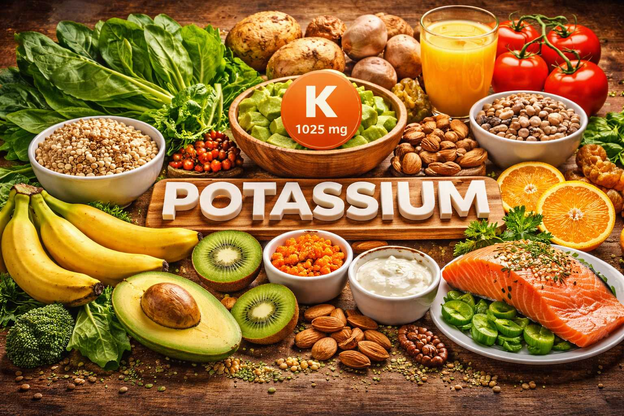In 2024, the American workforce stands at a pivotal juncture as remote work becomes increasingly commonplace. Originating as a pandemic necessity, it prompts a critical question. How many continue to work outside the conventional office? As of 2023, roughly 40% of U.S. employees engaged in remote work at least once weekly, with the trend being most pronounced in sectors like Information Technology at 67%, Professional and Business Services at 49%, Educational Services at 46%, and Wholesale Trade at 39%. However, these figures show a consistent decline from the peak in 2020.
In a notable trend shift, about 72.5% of businesses in 2023 reported a complete absence of remote workers, a significant rise from 60.1% in 2021. This variation in remote work adoption is evident in state-specific data, ranging from Michigan's high of 27% to Wyoming's low of 3%. Such disparities highlight the diverse regional adaptations to remote work across the United States.
Globally, while the majority of the workforce, 66.5%, remains on-site, the advantages of remote work stand out. Employees reap benefits such as no commuting, with 60% appreciating this aspect, savings on expenses at 44%, and increased flexibility at 42%. Employers see substantial gains, with 56% fewer employee absences, a 50% reduction in sick days, and a 68% boost in productivity. Impressively, 98% of people in 2023 expressed a preference for some form of remote work, indicating a strong shift in workforce dynamics.
Businesses are responding by investing in connectivity platforms, cybersecurity, and AI-driven scheduling tools. These technological advancements are essential for sustaining productive and adaptable remote teams, making remote work an integral part of the evolving American work landscape.




















